Una tarea complicada, aburrida y sujeta a errores
Con más de doscientas especies conocidas y la gran similitud que hay entre muchas de ellas, identificar acroporas puede resultar una tarea realmente complicada. Por si fuera poco, este género presenta una enorme variabilidad intraespecífica en función de diversos factores como la profundidad a la que se encuentra (y con ello la luz que recibe), la corriente del agua que recibe o la disponibilidad de nutrientes.
Existe una tendencia generalizada de identificar acroporas en función de su coloración, grosor de sus ramas y la forma que adopta la colonia. Nada más equivocado que emplear estos tres criterios, los cuales son fuertemente dependientes de factores como los anteriormente mencionados. Lamentablemente, esto es algo muy habitual y gran cantidad de las acroporas que encontramos en los comercios están mal identificadas. Pero esta mala práctica no se limita solo a los comercios y aficionados, lamentablemente es muy habitual en importadores y, lo que es más grave, en las autoridades responsables de que se aplique el convenio CITES, quienes demuestran tener un desconocimiento realmente preocupante.
¿Clasificación genética o clasificación morfológica?
Lo primero que hay que conocer antes de intentar identificar acroporas es la manera en que se clasifican. Aunque hay varias, las dos más destacadas se las debemos a dos científicos australianos: Carden Wallace y Charlie Veron, ambos actualmente en activo.
Carden Wallace propone una clasificación genética, la cual queda fuera de los propósitos de este manual. En su clasificación encontramos 21 grupos y dentro de cada uno el parecido entre especies es poco más que coincidencia por lo que carece de aplicación práctica para el aficionado que quiere identificar acroporas. No obstante, la clasificación de Wallace podría ser de gran ayuda si se pretende abordar un estudio evolutivo de las acroporas.
Por su parte, Charlie Veron desarrolló una clasificación basada en criterios morfológicos, concretamente 38 grupos dentro de los cuales hay importantes características comunes. Dicho de otro modo, la clasificación de Veron resulta de enorme utilidad para identificar acroporas y es la que seguiremos en adelante.
Los grupos de Charlie
El brillante biólogo australiano nos propone una clasificación bastante curiosa y heterogénea. Con el fin de facilitar su comprensión, me he tomado la licencia de ordenarla «a mi manera», juzga por ti mismo:
- Grupo 1. Colonias carentes de coralitos axiales (no visibles)
- Colonias con coralitos axiales
- Colonias con forma de árbol
- Grupo 2. Acroporas con coralitos radiales inmersos
- Acroporas con coralitos radiales exertos
- Grupo 3. Ramas irregulares
- Grupo 4. Ramas similares al cuerno de un búfalo
- Grupo 5. Ramas similares al cuerno de un alce
- Ramas similares al cuerno de un ciervo
- Grupo 6. Ramas creciendo hacia arriba
- Ramas creciendo hacia atrás (postradas)
- Grupo 7. Coralitos radiales en forma de escofina
- Grupo 8. Coralitos radiales que no tienen forma de escofina
- Ramas horizontales entrelazadas
- Grupo 9. Coralitos radiales de borde afilado
- Grupo 10. Coralitos radiales redondeados
- Ramas de tamaño medio
- Ramas secundarias muy visibles
- Grupo 11. Ramas y sub-ramas diferenciadas
- Grupo 12. Ramas similares al cuerno de un ciervo
- Ramas que se entrelazan verticalmente
- Grupo 13. Coralitos radiales de borde afilado
- Grupo 14. Coralitos radiales irregulares
- Grupo 15. Ramas que se entrelazan horizontalmente
- Ramas secundarias muy visibles
- Ramas finas
- Grupo 16. Ramas tubulares
- Grupo 17. Ramas aplanadas
- Colonias con forma de placa
- Grupo 18. Ramas gruesas
- Grupo 19. Ramas finas
- Colonias con forma de mano abierta
- Colonias con forma de mata
- Grupo 20. Ramas cilíndricas
- Grupo 21. Ramas con forma de dedo
- Colonias con forma de plato
- Grupo 22. Otros coralitos axiales
- Coralitos axiales grandes
- Grupo 23. Coralitos radiales separados y coralitos radiales que se fusionan
- Grupo 24. Coralitos radiales espinosos
- Colonias con forma de mata
- Colonias corimbosas y ramificadas con coralitos radiales escuamiformes
- Grupo 25. Colonias corimbosas
- Grupo 26. Colonias ramificadas
- Colonias con forma de matas compactas y ramitas bien desarrolladas
- Grupo 27. Coralitos radiales adpresos
- Grupo 28. Coralitos radiales pequeños
- Grupo 29. Coralitos radiales con labios abocinados
- Grupo 30. Colonias con forma de plato
- Colonias arborescentes con forma de plato
- Grupo 31. Coralitos axiales dominantes
- Coralitos axiales no dominantes
- Grupo 32. Otros coralitos radiales (conspicuos e inconspicuos)
- Grupo 33. Coralitos radiales con bordes lisos
- Grupo 34. Coralitos radiales con bordes afilados
- Grupo 35. Coralitos radiales adpresos
- Grupo 36. Colonias con forma de matorral
- Grupo 37. Colonias con forma de maraña
- Grupo 38. Colonias hispidosas
- Colonias con forma de árbol
Y con esto nos quedamos tan tranquilos…pues no, la cosa no es tan sencilla. Son tantos los criterios necesarios para identificar acroporas que cualquier clasificación será insuficiente.
Vamos a verlo con un ejemplo:
Me acaban de regalar una acropora con forma de plato, ¿a qué grupo pertenecería? La respuesta es que puede ser cualquiera de los grupos 8, 9, 10, 17, 18, 19, 25, 28, 30, 31 y 35 y por si fuera poco, también podría ser alguna especie independiente que pertenece a otros grupos como la irregularis (grupo 7), seriata (grupo 11), retusa y samoensis (grupo 21), digitifera y sarmentosa (grupo 22), latistella, miriabilis y subulata (grupo 27), selago, tenuis y vermiculata (grupo 29), maryae, rosaria y verweyi (grupo 32), secale (grupo 33) o valida (grupo 35).
Casi nada…hay que seguir trabajando. Por muy bien pensada que esté la clasificación propuesta por Veron, debemos observar muchas características morfológicas para poder identificar acroporas correctamente.
La guía para identificar acroporas
Se trata de un trabajo en el que he ocupado largas jornadas frente al ordenador, durante muchas semanas y del que estoy muy satisfecho. Hasta ahora no existía ninguna herramienta que permitiese identificar acroporas mediante el empleo de filtros simultáneos y visibles durante todo el proceso.
Es por tanto una guía semiautomática en la que podremos ir descartando especies de acropora a medida que se van aplicando dichos filtros, algo que facilitará considerablemente la tarea de identificar acroporas. Está programada en MySQL lo cual presenta algunas ventajas como la velocidad de funcionamiento y facilidad para editar características desde mi «trastienda», pero también inconvenientes como la imposibilidad de aplicar correctamente el filtro de traducción (que no llega hasta una capa tan profunda). Esto hace que algunos textos solo puedan verse en mi lengua nativa, el español y haya tomado la decisión de escribir los filtros en una lengua más universal como es el inglés ya que la mayoría de los lectores de mi blog son de diversos países y les será más fácil entenderlo.
La guía para identificar acroporas consiste en una tabla con tres columnas:
-
- Especie. Muestra el nombre de la especie de acropora. Pulsando sobre el mismo accederemos a una ficha con datos y fotografías de la misma.
-
- Descripción. Muestra los principales rasgos identificativos de la especie.
- Zona geográfica. Este dato puede ser muy útil para confirmar la especie cuando intentamos identificar acroporas salvajes con un origen conocido. La variabilidad a la que está sujeto hace que resulte imposible colocarlo como un filtro, por lo que para no prescindir de ello, he decidido colocarlo en la tabla.
Y una zona de selección situada a la derecha:
- Un botón con el que limpiar los filtros. Debemos pulsar este botón cada vez que queramos identificar acroporas o si queremos empezar de nuevo.
- Los primeros campos que encontramos son los relativos a las clasificaciones genética y morfológica (Wallace y Veron) anteriormente mencionadas. Resulta muy interesante introducir un número para poder conocer cuales son las especies semejantes (en alguno de estos aspectos).
- 14 filtros con los que podremos identificar acroporas (ver su descripción más adelante).
- Tres campos de texto que no deben tocarse (posiblemente los haga desaparecer en la siguiente versión)
Cuando no se aplica ningún filtro podremos observar una lista completa con 170 especies de acropora. Mi intención es añadir más especies a medida que se vayan descubriendo, como ha sucedido con la rongelapensis y spathulata por citar dos de ellas. También tengo previsto ampliar la información con más fotografías y datos, esto es algo que iré haciendo de forma transparente para el usuario.
Guía para identificar acroporas
Rasgos identificativos de las acroporas
En la clasificación propuesta por Veron hemos visto que se hace alusión a varias características o rasgos identificativos, algunos de nombre extraño. Conocerlos bien es fundamental para aplicar los criterios correctos que nos permitan identificar acroporas.
Prepara una buena taza de café y vamos a por ello. Empezaremos con las características más externas y visibles para ir acercándonos a las menos obvias:
Forma de la colonia
Es una de las características más importantes, por ello resulta muy impreciso intentar identificar acroporas a partir de esquejes.
Las formas que considero son las siguientes:
- Hispidosa. Con pequeñas ramitas que suelen insertarse en la rama principal perpendicularmente lo cual hace que se parezca a una escobilla.
- Mata. Con forma de arbusto o matorral.
- Racimo. Pequeñas agrupaciones que se forman en cada rama principal.
- Cuerno de alce. Forma de árbol abierto con ramas anchas y aplanadas.
- Incrustante. La acropora va tapizando una roca, a veces lanza ramas pero no es lo habitual.
- Digital. Con forma de una mano de la que brotan muchos dedos, normalmente ordenados y equidistantes.
- Cuerno de ciervo. Forma de árbol abierto con ramas y sub-ramas creciendo en todas las direcciones.
- Plato o mesa. Debido a que muchas veces la colonia debe alcanzar unas proporciones imposibles de reproducir en un acuario no me gusta diferenciar entre ambos tipos y acabo denominándolas plato.
Una acropora puede adoptar distintas formas y aunque suele haber una predominante, en ocasiones las podemos encontrar bajo dos formas, las cuales denomino primaria (la más habitual) y secundaria. Por ejemplo, la acropora aculeus podemos encontrarla bajo la forma primaria de mata y secundaria de plato, a su vez, la acropora acuminata puede presentar forma de cuerno de ciervo como forma primaria y de plato como secundaria. Esta dualidad la he observado en 51 especies de acropora
Disposición de la colonia
Este es uno de los rasgos más fáciles de emplear a la hora de identificar acroporas. De un simple vistazo se pueden descartar muchas especies, tan solo hay que evaluar el grado de determinismo de la colonia.
Contemplamos dos posibilidades:
- Ordenada. Las ramas crecen según un patrón determinista y regular, normalmente de forma radial, paralela o bien repitiendo formas.
- Desordenada. Las ramas crecen de forma caótica o no determinista, dando un aspecto general de maraña desordenada.
En el siguiente ejemplo se pueden ver dos acroporas con forma de plato, la acropora desalwii (ordenada) y la acropora jacquelineae (desordenada):
Grosor de las ramas
Una de las características más inexactas y difíciles de evaluar a la hora de identificar acroporas. Como comentaba al principio de este artículo, los corales en general y las acroporas en particular presentan una fuerte dependencia morfológica del medio en el que se encuentran. Esta dependencia es muy acusada en lo relativo al grosor de las ramas, de tal manera que una colonia situada en una zona con fuertes corrientes o golpes de ola como puede ser la cresta exterior de un arrecife tendrá tendencia a producir ramas mucho más gruesas y robustas que otra acropora de la misma especie situada en aguas menos someras y más protegidas de la fuerza del mar.
Por ello no recomiendo utilizar este rasgo en primera instancia, sino más bien como una comprobación final o para resolver un empate entre dos especies que comparten otros rasgos identificativos.
Para no complicarlo excesivamente contemplamos los siguientes casos:
- < 5 mm
- 5 – 10 mm
- 10 – 20 mm
- > 20 mm
Coralitos axiales
Como sabemos, un coralito es el esqueleto calcáreo que da cobijo a un pólipo o individuo de la colonia. Los coralitos axiales son aquellos que se sitúan en las puntas de las ramas y constituyen un rasgo diferenciador del género de las acroporas ya que éstas son las únicas que lo poseen.
Los coralitos axiales pueden clasificarse de muchas maneras, las que más nos van a ayudar a clasificar acroporas son las siguientes:
Forma
- Tubular. Es la más habitual en las acroporas, y existen algunas variantes como los coralitos tubulares cónicos que no deben ser confundidos con los semiesféricos.
- Semiesférica. El 14% de las acroporas presentan coralitos axiales con esta forma fácil de distinguir, de modo que si observamos esta característica se reduce mucho el trabajo de identificación.
Tamaño
- Grande. Se considera grande cuando ocupa la totalidad o casi de la punta de la rama.
- Pequeño. Se considera pequeño cuando solamente ocupa una parte de la punta de la rama.
Visibilidad
- Prominente. Cuando el coralito sobresale de la punta de la rama o es muy visible (en cuanto a su forma, sin atender al color)
- No prominente. Cuando el coralito no sobresale ni es visible claramente.
A continuación se puede ver un ejemplo de cada uno de estos tipos de coralito axial (salvo el correspondiente a coralitos semiesféricos grandes y prominentes ya que no existen especies con esta características):
Coralitos radiales
Son con diferencia los más abundantes y variados, no sólo en las acroporas sino en cualquier coral duro. Conocer la forma y disposición de los coralitos radiales es fundamental ya que constituye en la mayoría de las ocasiones el principal rasgo identificativo de las acroporas.
Las formas que pueden adoptar son muchas, entre ellas destacan los tubulares, nariformes, redondos, labiales, escuamiformes, cónicos e inmersos, y a su vez distintas aperturas en las que se aloja el pólipo: circular o recta, biselada, ovalada e incompleta.
Coralitos adpresos
Pero en la práctica, ninguno de los anteriores rasgos son muy fiables debido a la dificultad para que sean diferenciados por los ojos de un aficionado. No obstante existe una tercera característica relativa a la forma de estos coralitos que sí es fácil de determinar y ayudará a centrar la búsqueda de forma precisa: el coralito adpreso.
Se denomina coralito adpreso a aquel que crece con una de sus paredes pegada a la rama de la que brota. A veces no es fácil de determinar si un coralito es adpreso o no (especialmente en los no tubulares), el truco está en observar la punta y si su borde está tocando la rama. Casi el 60% de las acroporas tiene coralitos radiales adpresos. Tenemos dos opciones:
- Si.
- No.
Separación de los coralitos
Un rasgo nada fácil de evaluar, salvo cuando tratamos de identificar acroporas que los tienen muy separados y dispersos o tan juntos que se llegan a amontonar. Aproximadamente un tercio de las especies de acropora tienen los coralitos claramente separados y otro tercio claramente muy juntos por lo que hay un campo de indeterminación demasiado alto (el tercio restante).
Aconsejo no tomar decisiones basándose en este rasgo, es más prudente dejarlo para una comprobación final una vez se cree haber terminado la identificación.
Distinguiremos tres opciones:
- Separados.
- Próximos.
- Tocándose.
Coralitos del mismo tamaño
Una característica fácilmente reconocible en la mayoría de las especies, conviene no fijarse solamente en las puntas de las ramas, pues en la mayoría de las ocasiones la diferencia se presenta solo en la base y en las ramas más gruesas.
Casi el 60% de las acroporas tiene coralitos radiales de un único tamaño, por lo que si tenemos claro este rasgo identificativo habremos acotado enormemente las posibilidades. Tenemos dos posibilidades:
- Si.
- No.
En las siguientes imágenes se pueden ver ejemplos de lo comentado:
Coenosteum
Con este nombre tan raro denominamos al esqueleto sobre el que se adhiere el tejido del coral. Cada especie de coral construye un esqueleto con una estructura propia, es como su propia huella y esto puede ser visible con un microscopio. El aspecto de coenosteum dependerá únicamente del acabado superficial de esta estructura.
En algunas especies no es sencillo determinar el grado de rugosidad del coenosteum, por lo que para identificar acroporas aconsejo que solo se use esta característica como comprobación final, a menos que se tenga muy claro.
Contemplamos dos posibilidades :
- Liso. No se aprecian estrías en el tejido que recubre el coralito, normalmente coincide con aquellos que tienen los bordes redondeados.
- Rugoso. En algunas ocasiones se distinguen pequeñas estrías en el tejido que recubre el coralito, otras veces es necesario observar un coralito libre de tejido. Considero que casi el 70% de las especies de acropora entran dentro de esta opción.
Extensión de los pólipos
Esta sí que es una característica subjetiva que conviene dejar para el final y a modo de comprobación. Además una acropora puede variar la extensión de sus pólipos en función de muchos factores como su estado de salud, iluminación, nutrientes en el agua y existencia de peces que les molesten por citar algunos.
Considero que solamente el 20% de las especies de acropora acostumbran a tener una gran extensión de pólipos, entre ellas es fácil reconocer a las prostrata, millepora, convexa, horrida y latistella por poner algunos ejemplos.
Contemplamos tres posibilidades :
- Pequeña.
- Grande.
- Grande y con pólipos largos.
En el anterior ejemplo podemos ver una acropora loripes con extensión de pólipos pequeña y una acropora horrida con extensión de pólipos grande.
Profundidad
Se trata de una característica aplicable a acroporas salvajes, normalmente recogidas u observadas por nosotros mismos ya que ninguna tienda te va a dar esa información. No será de gran utilidad a la hora de identificar acroporas, no obstante he decidido incluirla en esta guía al considerarla de gran interés para conocer los requisitos luminosos de cada especie y por tanto su ubicación óptima en el acuario.
Dos posibilidades :
- Aguas someras.
- Aguas profundas.
Abundancia
Al igual que la anterior, es solamente aplicable a acroporas salvajes, por lo que no será de gran utilidad para identificar acroporas compradas en una tienda o a otro aficionado. La abundancia en el sector comercial es muy variable año tras año y depende de aspectos como la demanda y la oferta.
No obstante, he decidido incluir esta característica para permitir que los aficionados al buceo puedan tener una idea de lo que se pueden encontrar antes de hacer una inmersión.
Dos posibilidades :
- Común.
- Poco común.
Nota final
Espero que esta herramienta, que con tanto esfuerzo y dedicación he creado, sea de utilidad a todos los aficionados y profesionales que intentan identificar acroporas o conocer algo más sobre este hermoso género de corales duros.
Estaré encantado de escuchar cualquier sugerencia o comentario que pueda mejorar su funcionamiento, así como de publicar fotos de las especies que mantenéis en vuestros acuarios.
Si has tenido la paciencia de llegar hasta el final de este artículo, solo me queda felicitarte porque debes de ser un apasionado de las acroporas como yo. Gracias por la atención y buena identificación.




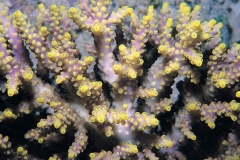
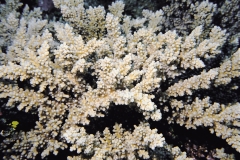
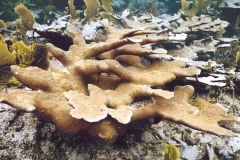
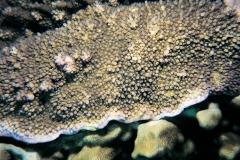
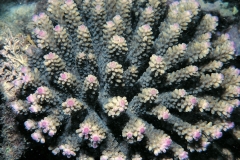

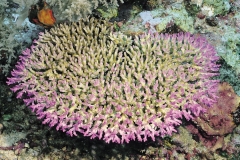
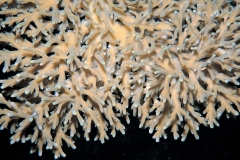
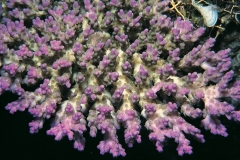
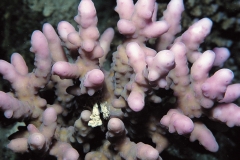
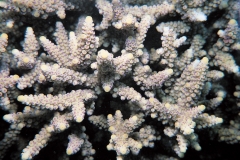

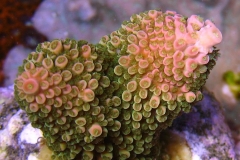
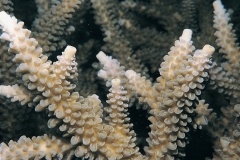
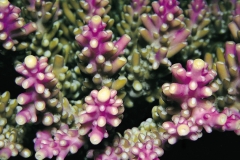
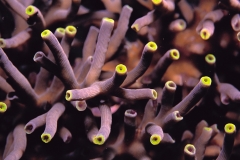
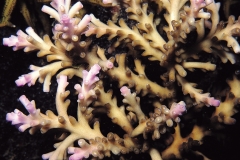
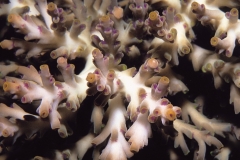
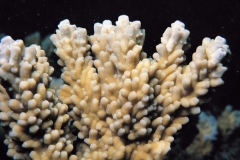
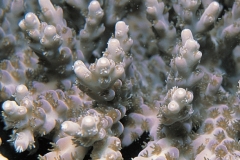
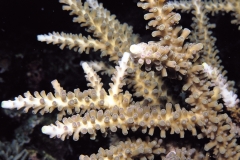
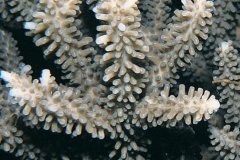
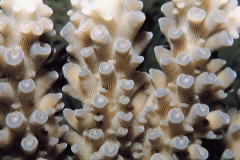
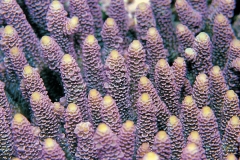
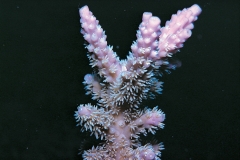
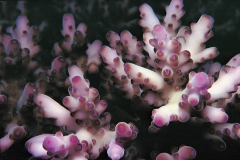
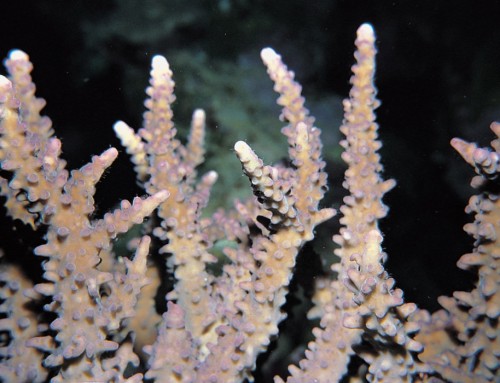
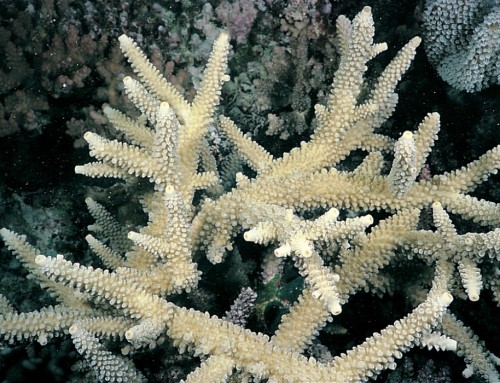
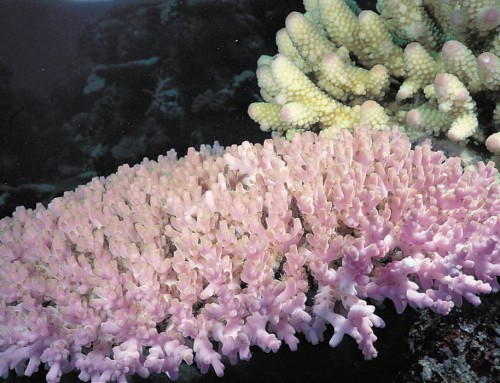
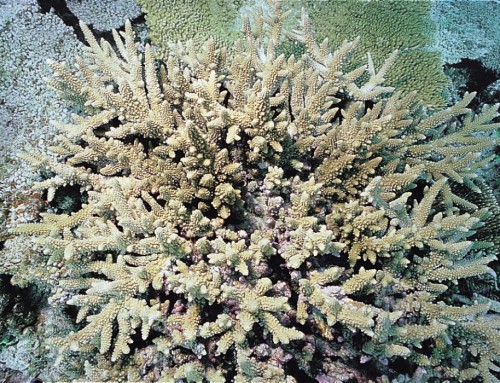
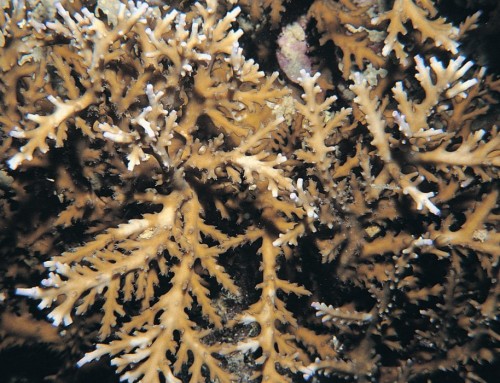

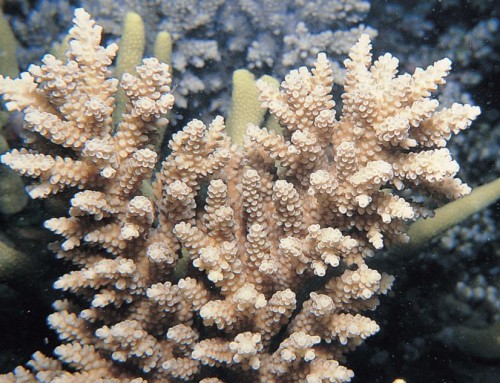
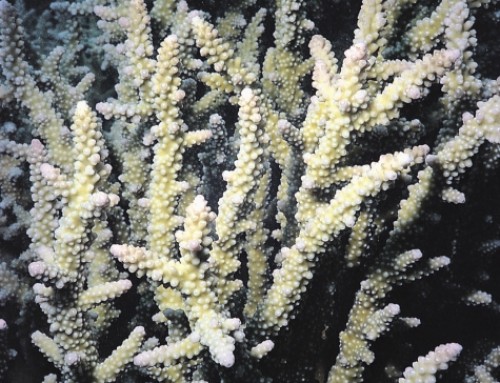
Increíble artículo enhorabuena por ser así y gracias por el esfuerzo y compartirlo con el mundo
Hola Monti,
Has realizado un trabajo magnífico y seguramente ardúo tanto por su extensión como por su cantidad (y calidad) de información.
Seguramente me será muy útil tanto para intentar identificar lo que no conozca como para confirmar aquellas en que la tienda me diga la identificación.
Saludos y feliz Navidad!
Increíble trabajo, Pablo….no hay palabras para describirlo ni para agradecértelo.